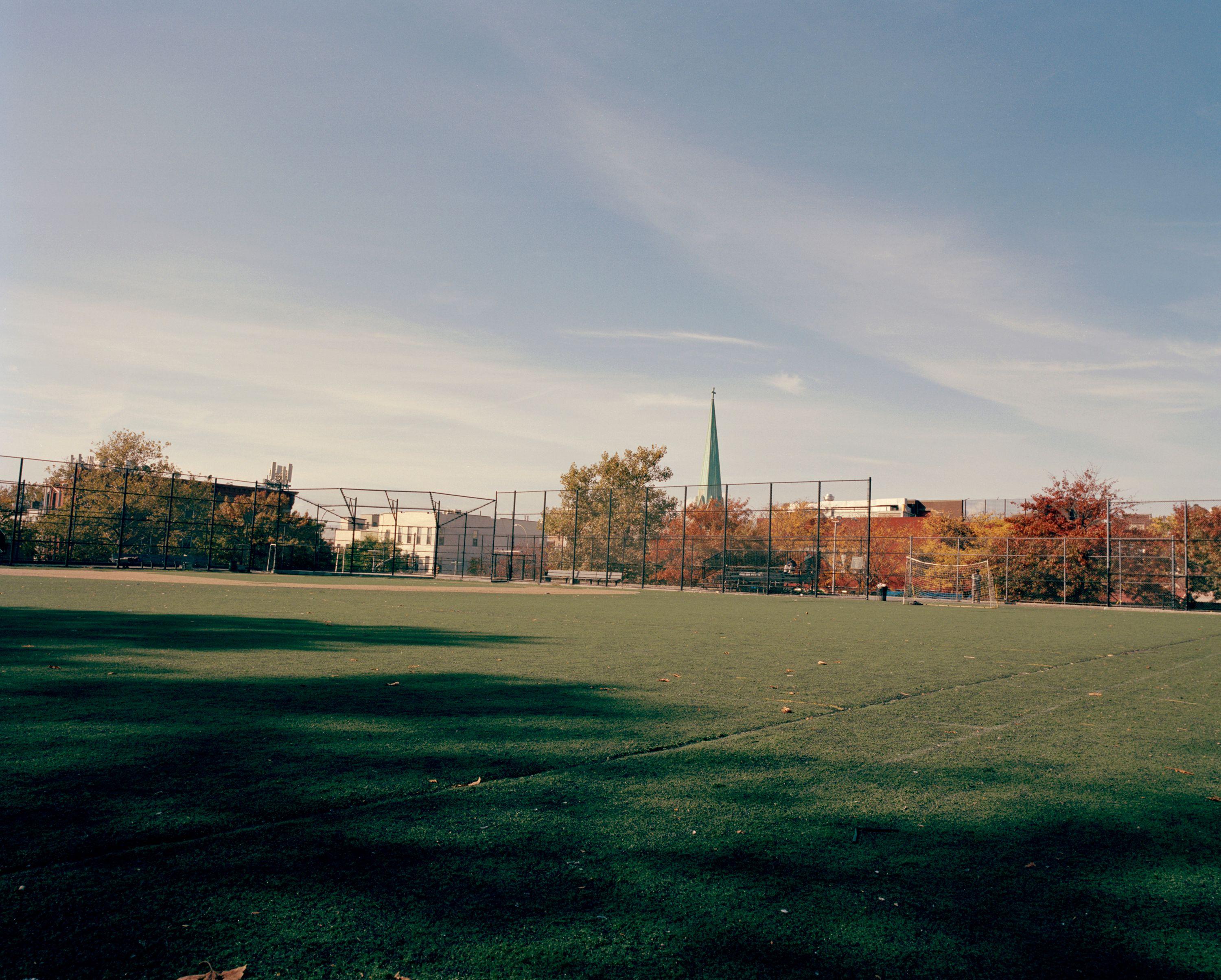Mateo Arciniegas Huertas

Madison: Where the dreams and passions of Latino men come alive.
For many Americans, fútbol—soccer—is nothing more than a silly sport for European machos and boozy hooligans looking to start trouble. It’s a futile hobby with appalling rules, boring passages, and disturbing alliances. Why would anybody enjoy a game where a team scores only two or three times, sometimes none? Where is the thrill in battling for 90 minutes across a 100-meter (109.361 yards) long field if the result doesn’t humiliate the rivals?
On the surface, these questions may come off as legitimate. But if we peel back the first layer, move our eyes away from the luscious green grass of colossal modern stadiums, and focus them on what’s going on in the streets, we’d soon realize the reality surrounding the game carries much deeper existential meaning. Football is a powerful social tool, a familiar refuge for those who are often looked down upon by American society: Immigrant communities.
Often overlooked as mere blue-collar workers (or worse, criminals) who should give up their native language and hissy accent to make space for a “proper” English cadence, a group of Latin American men has devised a plan to escape from daily marginalization by carving out a liminal space defined by sports, loud rhythmic sounds, and brotherhood.
This existential haven finds its tangible manifestation in a run-down public park as documented by Colombian visual artist Mateo Arciniegas Huertas in an ongoing visual diary named Madison.
MADISON isn’t a tribute to a dead president, nor the name of an extravagant avenue in the middle of Manhattan, it’s the transcendental space born from the need to escape the strife of daily life. It’s a pocket of “back home” in the middle of Brooklyn—Bushwick to be exact. It’s a piece of certainty amidst the impermanence and cultural detachment imposed by the quotidian routine and a place to celebrate Latin-American culture free from boundaries.
As an active participant in the perpetuation of this recreational moment—and thus developing a strong bond with the group—Mateo is able to pierce through the emotional shield and extrapolate personal narratives. With his lens focused on the mundane interludes between games, the result is a body of work representative of existence as a migrant resisting assimilation by keeping memories of what’s gone alive.
MADISON is a crisp snapshot of human adaptability, taking shape in the form of a powerful collection of images where friendship, nostalgia, and mindfulness are the protagonists.